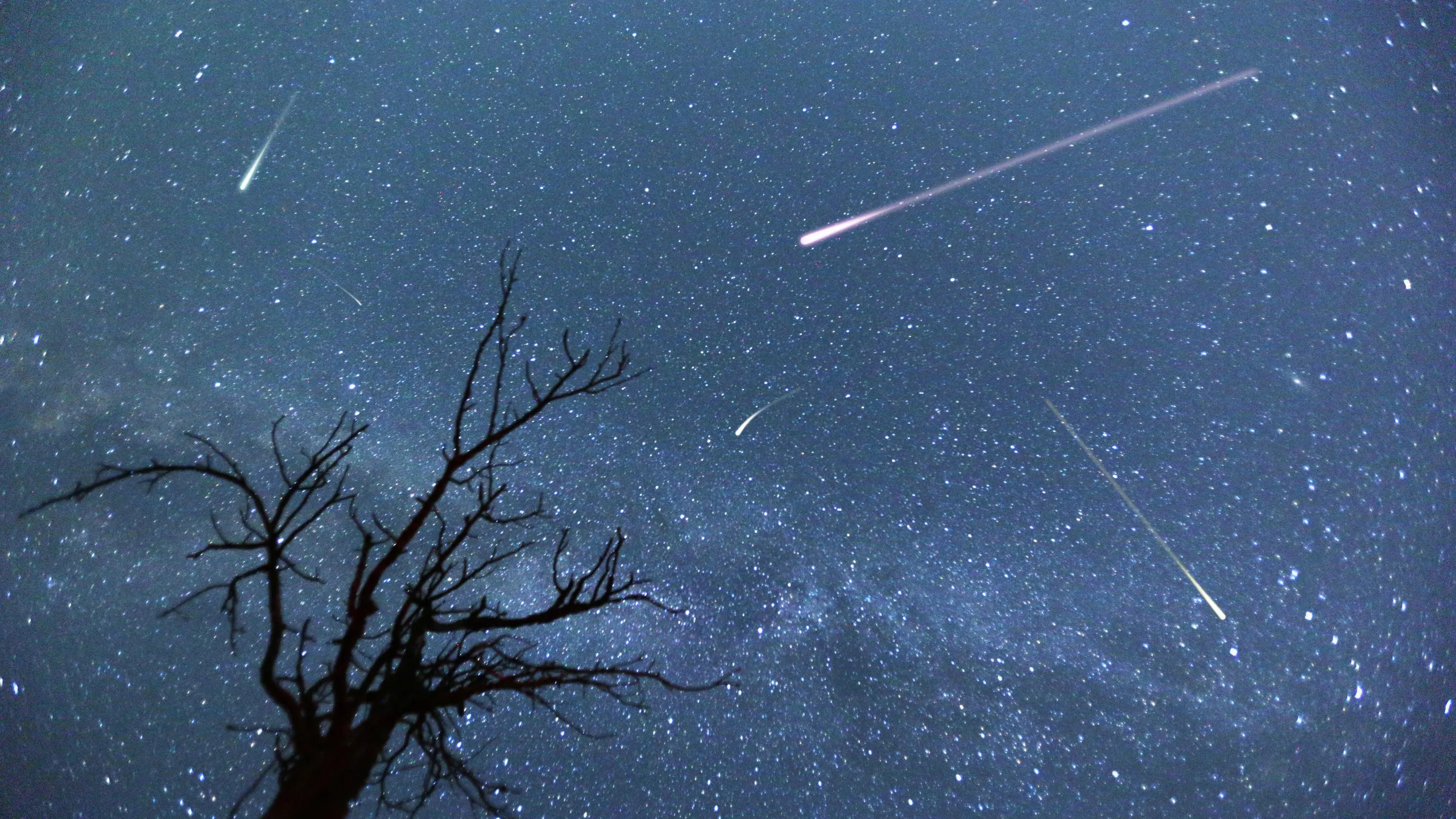Up to 10 meteors per hour, anytime until November 13th, 2023
The upcoming week presents a unique opportunity for sky enthusiasts to witness the Taurid meteor shower if the skies remain clear. The Taurid meteors, known for their distinct characteristics, will grace the night sky during the first half of November. While the waning moon may slightly hinder late-night viewing until November 9, meteor rates can reach up to 10 per hour until November 13, with three to four meteors visible from late October to the end of November. An intriguing feature of the Taurids is their radiant’s (the radiant is the apparent origin point) high position, making them visible both in the evening and morning sky.
What makes the Taurid meteor shower remarkable is the relatively larger fragments within its debris stream, resulting in occasional exceptionally bright meteors, often referred to as “fireballs.” These meteors are known for their slower speed, entering Earth’s atmosphere at around 17 miles per second. The Taurids exhibit a captivating array of colors, with yellow being the dominant hue, but observers have also reported orange, green, red, and blue fireballs. These meteors originate from the periodic Comet 2P/Encke, which boasts one of the shortest orbital periods among comets, circling the sun every 3.3 years.
In 2023, Comet Encke passed through the inner solar system, making its closest approach to Earth on September 24. This comet, first sighted in 1786 but later correctly identified as the same object by German astronomer Johann Franz Encke in 1819, is only the second recognized periodic comet. It was named after Encke, who successfully predicted its return in 1822, akin to Edmond Halley’s famous comet prediction from a century earlier. Despite his contribution, Encke himself never observed the comet through a telescope, yet his name is now forever linked to this celestial wonder.
Images to follow… Keep looking up!
